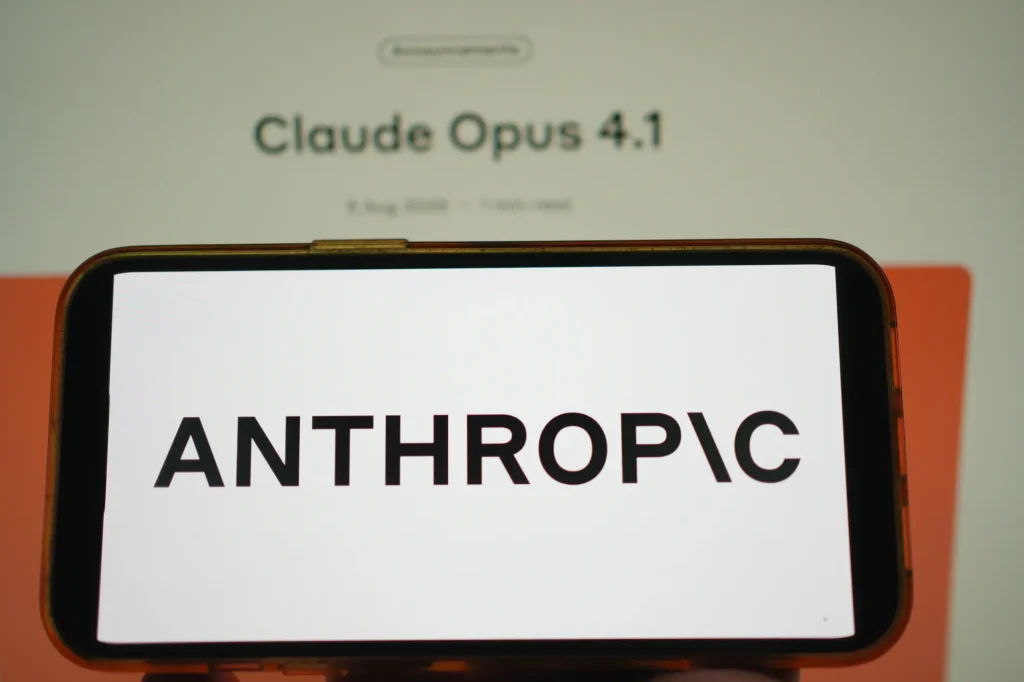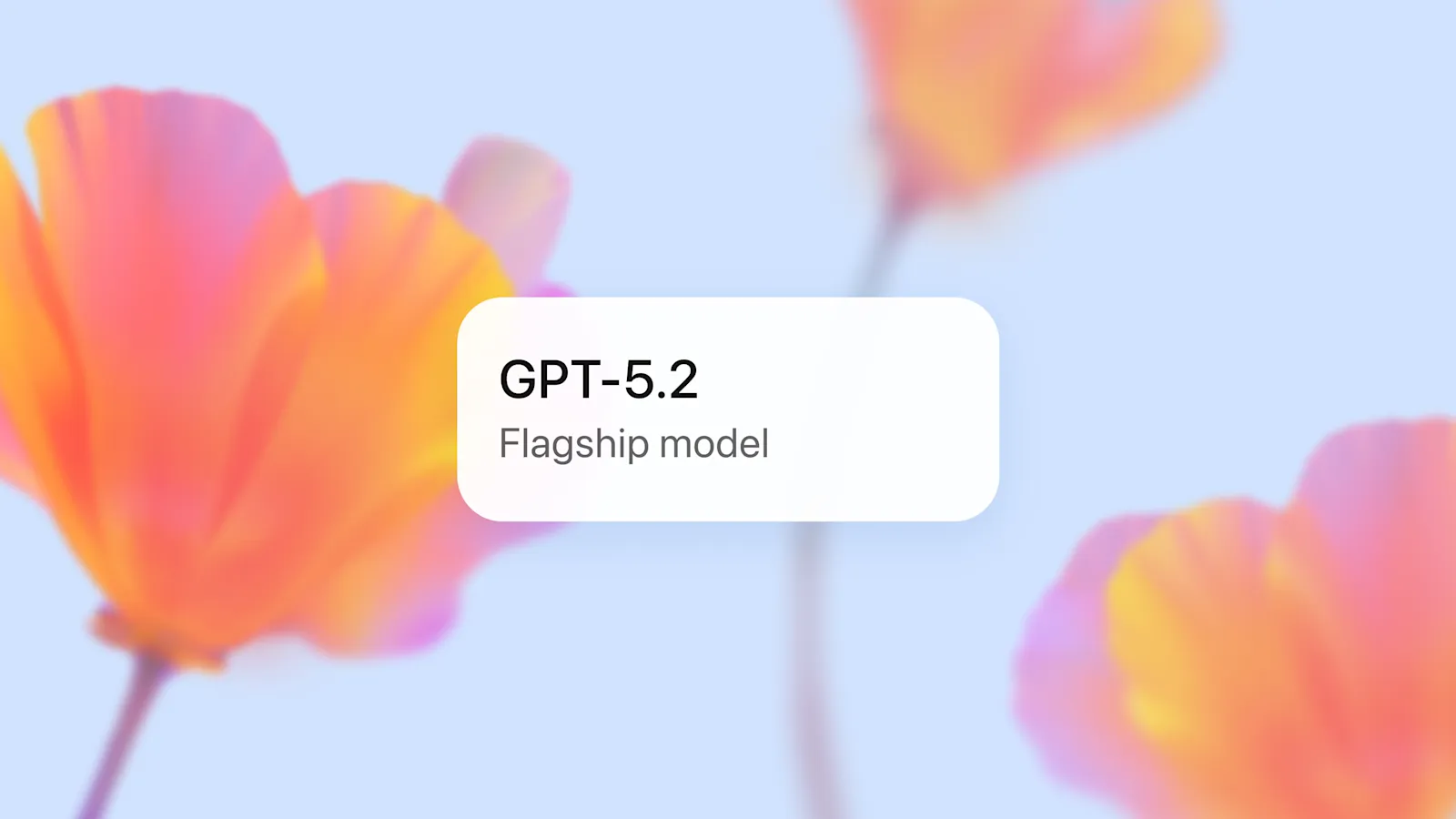Key takeaways
- Claude Opus 4 and Opus 4.1 can now end a conversation in rare, extreme cases after repeated refusals and failed redirections, or when a user explicitly asks to end the chat.
- This safeguard does not apply to crisis scenarios (e.g., self-harm or imminent harm to others); in those cases Claude continues engaging with support-oriented responses.
- When a chat is ended, the thread locks; you can immediately start a new chat or branch from earlier messages by editing and retrying.
- Anthropic connects the change to research on potential AI/model welfare, emphasizing uncertainty and a cautious, low-cost approach.
- Early coverage notes this “conversation-ending” step is uncommon among major assistants and targeted at extreme edge cases.
Opus 4: what changed, and why it matters

We outline, in plain terms, how Opus 4 now handles a very small set of abusive or harmful exchanges. Anthropic’s announcement confirms that Opus 4 and Opus 4.1 may end a conversation in the consumer chat interface only as a last resort after multiple refusals and failed attempts to redirect—or if a user directly asks Claude to end the chat.¹ ² This goes beyond a simple “refuse and redirect,” giving Opus 4 a final step when productive dialogue is no longer realistic.¹ ²
What triggers the end of a chat
The trigger is persistent harm, not a heated debate. Rarer scenarios include repeated requests for sexual content involving minors or instructions enabling large-scale violence—areas the model already refuses and tries to steer away from. Ending the thread is allowed only after sustained abuse or explicit user request.¹ ²
What Opus 4 does in a crisis
Opus 4 is directed not to use this ability if a person appears at imminent risk of harming themselves or others. In those situations, Claude keeps engaging with supportive, refusal-based responses instead of ending the dialogue.¹ ² ³
The experience: what you’ll see if a thread ends
If Opus 4 ends a conversation, the thread locks. You can’t add new messages in that thread, but you can immediately start a new chat. To preserve long-running work, you can also edit and retry earlier messages to create a new branch—helpful when you want to keep the useful parts of a discussion while removing the harmful turn. These design choices aim to minimize disruption for regular users while drawing a firm boundary for extreme cases.¹ ³
Why Opus 4 is notable

Most assistants rely on repeated refusals and guardrails. Reporting highlights that Opus 4 adds a conversation-ending step that competitors typically don’t offer today, while still limiting it to extreme edge cases.⁵ In short: everyday use is unchanged; Opus 4 simply has a “hard stop” for a narrow set of persistent abuse scenarios.² ³
The rationale: “model welfare,” explained simply
Anthropic frames the feature within research on model welfare—not as a claim about consciousness, but as a precaution given uncertainty about models’ present or future moral status. The company describes the change as a low-cost intervention while broader safety work continues.¹ ⁴ Coverage underscores this framing, noting the ethical debate it has sparked.⁴
How Opus 4 decides to end a chat (a simple flow)
1. Refuse and redirect. Opus 4 refuses harmful requests and tries to steer toward a safe, useful topic.¹
2. Persistent abuse or harm. If the user keeps pushing after multiple refusals, Opus 4 may consider ending the thread.¹ ²
3. End conversation (last resort). Opus 4 ends the chat only as a final step, or if the user explicitly asks. The thread locks; you can start a new chat or branch from earlier messages.¹ ³
Practical guidance for everyday users and teams
- Everyday users: If your thread ends, open a new chat and restate your request more clearly—or branch from an earlier message and adjust wording.
- Educators and community leads: Provide safe-use guidelines and examples of disallowed content so learners understand boundaries up front.
- Businesses: Update internal AI-use policies to note that Opus 4 may lock a thread in narrow circumstances. Build a quick “start a new chat” fallback into workflows to avoid delays.
- Policy and safety teams: Document the crisis exception so staff know that, in emergency-risk situations, the model should keep engaging rather than ending the chat.¹ ³
Why most people won’t notice
Anthropic emphasizes these are rare, extreme cases. The vast majority of users—even when discussing tough topics—will never see a thread end.¹ Early explainers and news reports echo this point and describe the rollout as an ongoing experiment.² ³ ⁵
Quick Q&A
Does this mean Opus 4 censors difficult conversations?
No. The threshold is persistence and harm, not disagreement. Ending a thread requires repeated, clearly harmful prompts after multiple refusals.¹ ²
Can I keep my notes if a thread ends?
Yes. You can start a new chat or branch from earlier messages in the ended thread.¹ ³
Will Opus 4 end a chat if I signal immediate danger?
No. In those cases, Opus 4 continues engaging with supportive responses rather than ending the conversation.¹ ² ³
Bottom line
Opus 4 introduces a narrow, last-resort safeguard: ending the thread in extreme abuse cases while preserving your ability to continue elsewhere. It is designed to keep normal use smooth, draw clear lines around serious harms, and test a careful approach to model welfare amid uncertainty.¹ ² ⁴ ⁵
Citations
- Anthropic. “Claude Opus 4 and 4.1 Can Now End a Rare Subset of Conversations.” Anthropic, 15 Aug. 2025.
- Ha, Anthony. “Anthropic Says Some Claude Models Can Now End ‘Harmful or Abusive’ Conversations.” TechCrunch, 16 Aug. 2025.
- Hughes, Alex. “Claude AI Can Now Terminate a Conversation — But Only in Extreme Situations.” Tom’s Guide, 19 Aug. 2025.
- Booth, Robert. “Chatbot Given Power to Close ‘Distressing’ Chats to Protect Its ‘Welfare’.” The Guardian, 18 Aug. 2025.
- Shapiro, Alicia. “Claude Models Can Now End Conversations in Extreme Cases, Says Anthropic.” AiNews.com, 18 Aug. 2025.



